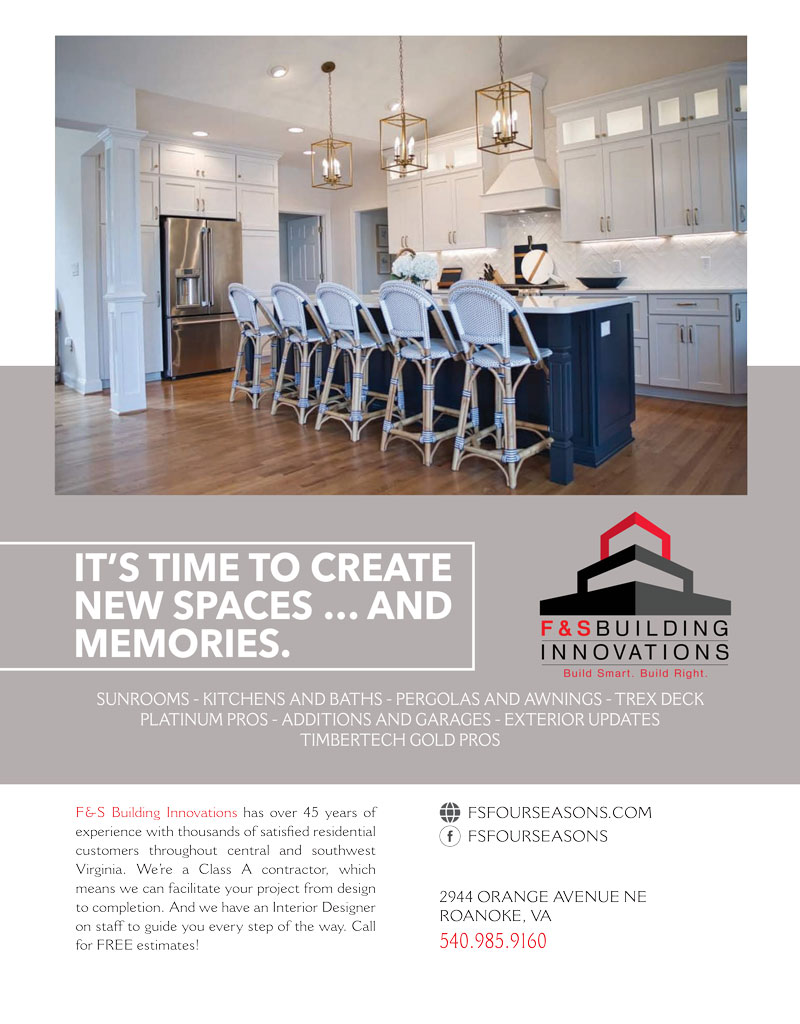Mirror Magic- Reflections on a Home-Decorating Staple
 Accessories are often the icing on the cake in our homes. Some simply add color, drama or style to decor, while others can serve a purpose by being useful as well as beautiful. Items like lamps, wall sconces, decorative containers and more help decorate our homes while making them more functional. But did you ever consider the mirror in that category? Indeed, mirrors can decorate our walls in a number of ways, but if used effectively, they can also solve many decorating challenges, and actually increase the functionality of a room.
Accessories are often the icing on the cake in our homes. Some simply add color, drama or style to decor, while others can serve a purpose by being useful as well as beautiful. Items like lamps, wall sconces, decorative containers and more help decorate our homes while making them more functional. But did you ever consider the mirror in that category? Indeed, mirrors can decorate our walls in a number of ways, but if used effectively, they can also solve many decorating challenges, and actually increase the functionality of a room.
We often think of mirrors simply as a mode of reflection, but they are actually much more capable workhorses. Mirrors can enhance and increase existing light by reflecting it from other sources, as well as generate an illusion of greater space and openness in any setting. A shadowy corner, dark hallway or dull room can be transformed by a mirror’s sparkling, reflective qualities. Mirrors can also help create attractive vignettes when paired with an occasional table, chest or desk, as well as enhance the beauty of other accessories around it.
Considering that any frame can be turned into a mirror, choice in style is virtually limitless, but a few classics are always popular. Wrought iron is classic and blends well with many decorating themes. For a traditional décor, or to complement antiques, choose decorative mirrors with similar antique-style frames, such as gold leaf. Whitewashed frames complement the shabby chic look. Colorfully painted or stenciled finishes look great in a French Country setting.
 Perfect Placement
Perfect Placement
There are numerous ways to effectively decorate with mirrors. Be creative and experiment with your own ideas in your home or office, or use these ideas to get you started:
• Position a mirror at the end of a hallway and immediately “double” its length.
• Widen a narrow hallway or staircase by staggering mirrors on either side of the wall.
• Above double sinks or vanities an unframed, single mirror that extends the length of both will provide a contemporary look. Individual mirrors lend a more traditional feel. Add character or whimsy, and express individual personality by selecting different mirrors for each sink (but unify them with mirrors complementary in size and visual weight).
• Hanging a mirror in the entranceway of your home will inexpensively and effectively open up this area that in some homes feels small and cramped.
• In a child’s room (nursery, playroom, bathroom) try hanging a group of mirror tiles. Many retailers sell mirror tiles with subtly etched motifs—think safari animals for a wild playroom.
• Visually increase the width of a window by hanging narrow mirrors (equal in height to the window frame) on the left and the right of the window.
• “Add” a window where there isn’t one by placing or attaching shutters on either side of an existing mirror. Mirrors mounted inside old window frames with curtains hung over them can further enhance the illusion.
• Consider a grouping of mirrors. A collection of unusual mirrors used in place of traditional art looks great behind a sofa or in a hallway. Start with one large mirror and add smaller mirrors around it, or hang identical small-framed mirrors evenly spaced in rows on the wall, to provide an interesting focal point. Unframed mirror tiles hung in groups create a stylish, more contemporary effect.
 Practical Considerations
Practical Considerations
Essentially mirrors should be hung the same way you hang other framed pieces, but with perhaps a little more care; no one wants seven years’ bad luck for a broken mirror! Make sure you use the proper bolts, hooks or other hanging equipment appropriate for your walls and the weight of your mirror. And when grouping mirrors together, be sure to break out the measuring tape and level, to ensure even spacing horizontally between individual mirrors and vertically between rows.
Beyond the Walls
We all know that mirrors work well on walls, but consider how useful they can be in other places around your home. In the kitchen, unframed mirrors placed on the ceiling of kitchen cabinets reveal what’s on the highest shelves. In the back of kitchen cabinets or deeper pantry shelves, mirrors can reflect light and help you locate items you might not otherwise see.
Mirrors can also brighten up any table. Use one for a dining room or coffee table centerpiece, topping it with candles and other decorative items, and watch your room come alive with light. You can also use mirrors for placemats. Paired with bright and decorative dishes, they will draw light and attention to your table and create a stunning display.
Let those mirrors shine throughout your home or office. Try incorporating a few new mirrors into your decor, then stand back and watch them work their magic.
A Few Do’s and Don’ts of Decorating with Mirrors
Do position mirrors so they reflect only the attractive features of a room. Don’t place a mirror so that it focuses attention on a blank wall, spotlights clutter or a jumble of wires.
Don’t position a mirror in a dining room in such a way that people can’t avoid watching themselves eat. People around your dinner table will feel self-conscious and uncomfortable—the opposite effect you want to create in a dining area.
In bathrooms, let vanity size determine mirror size. Avoid mirrors that extend beyond the outside edge of the vanity.






